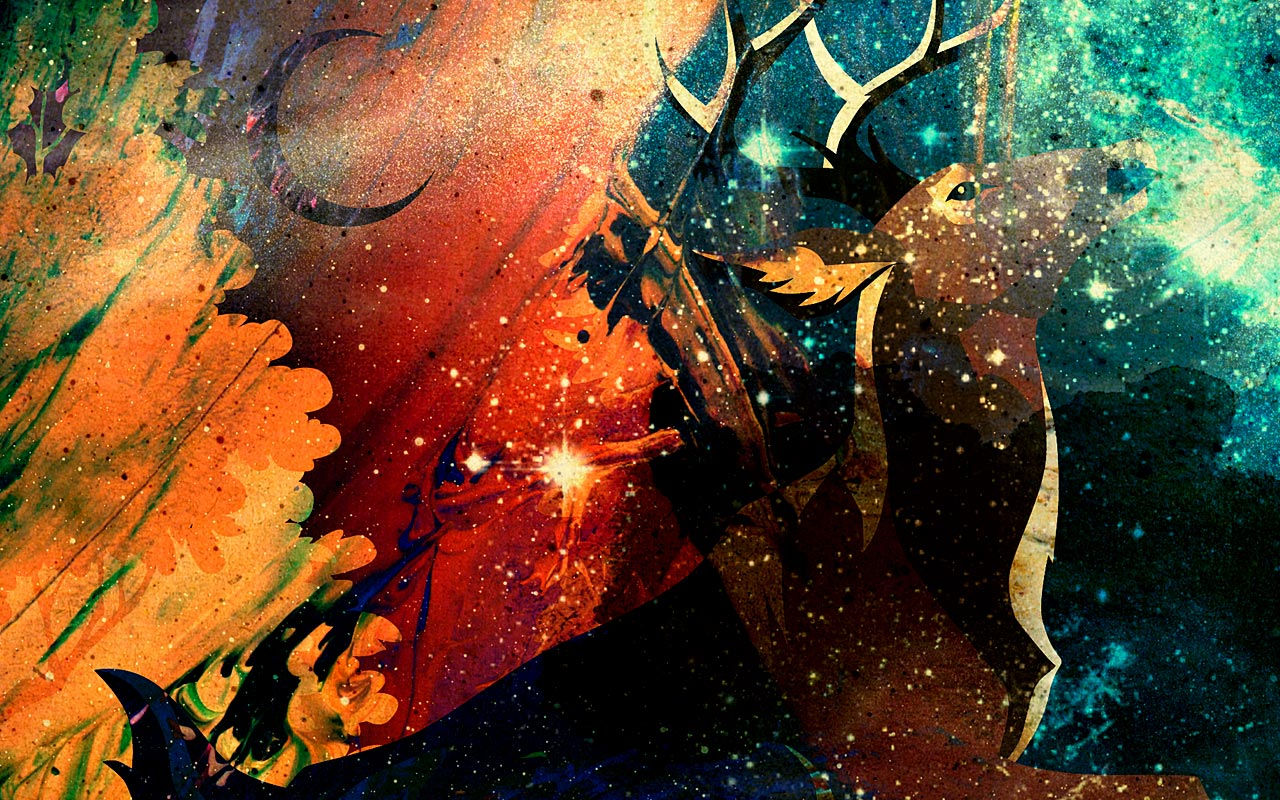Shodo and Music: Exploring the Rhythms of Calligraphy
- torinaga11
- Jul 26, 2024
- 4 min read
The world of art is a rich tapestry where various forms of expression intertwine, creating a symphony of visual and auditory delights. Among these intersections, the relationship between Shodo, the Japanese art of calligraphy, and music stands out as a fascinating convergence of rhythm, movement, and emotion. Both Shodo and music transcend language, conveying profound meaning and emotion through their unique mediums. By exploring the rhythms of calligraphy, we can uncover the deep connections that bind these two art forms and appreciate the harmonious dance between brushstrokes and musical notes.
The Rhythmic Essence of Shodo
Shodo, which means "the way of writing," is more than just the creation of beautiful characters. It is an art form that emphasizes the flow and movement of the brush, much like the notes and melodies in music. Each brushstroke in Shodo carries a sense of rhythm and timing, reflecting the artist's inner state and the energy they impart into their work. The act of creating calligraphy is a performance in itself, where the artist's movements are akin to a musician playing an instrument.
The tools used in Shodo—brush, ink, and paper—are integral to this rhythmic process. The brush's flexibility, the ink's fluidity, and the texture of the paper all influence the final piece. The varying pressure and speed of the brushstrokes create a dynamic interplay, similar to the tempo and dynamics in a musical composition.
Musical Parallels in Calligraphy
1. Tempo and Brushstrokes: In music, tempo refers to the speed at which a piece is played. Similarly, the pace of brushstrokes in Shodo can vary, from slow and deliberate to quick and spontaneous. This variation in tempo conveys different emotions and energies, just as in a musical performance.
2. Rhythm and Flow: The rhythm in music is created by the pattern of beats and rests, which can be regular or syncopated. In Shodo, the rhythm is manifested in the flow of the brushstrokes and the spaces between them. The balance between positive and negative space in calligraphy mirrors the interplay of sound and silence in music.
3. Expression and Emotion: Both Shodo and music are powerful forms of emotional expression. The nuances in a musician's performance, such as crescendos and diminuendos, parallel the variations in brush pressure and ink density in calligraphy. Each stroke and note carries the artist's or musician's feelings, creating a deeply personal and expressive work.
Shodo-Inspired Musical Compositions
The relationship between Shodo and music has inspired many musicians and composers to create works that reflect the essence of calligraphy. These compositions often seek to capture the fluidity, rhythm, and emotional depth of Shodo through musical means.
1. Tōru Takemitsu: A renowned Japanese composer, Takemitsu often drew inspiration from traditional Japanese arts, including Shodo. His compositions feature delicate and intricate structures, mirroring the careful balance and elegance of calligraphy.
2. John Cage: An avant-garde composer, Cage was influenced by Eastern philosophies and art forms, including Shodo. His piece "Ryoanji" reflects the simplicity and contemplative nature of Japanese calligraphy and garden design.
3. Soundscapes of Calligraphy: Some contemporary musicians and sound artists create pieces directly inspired by the act of calligraphy. By translating the physical movements of brushstrokes into musical scores, they create auditory representations of visual art, bridging the gap between these two forms of expression.
The Fusion of Shodo and Live Music
One of the most exciting ways to experience the connection between Shodo and music is through live performances that combine both art forms. In these performances, calligraphers and musicians collaborate to create an immersive, multi-sensory experience.
1. Live Calligraphy Performances: In these events, a calligrapher creates artwork on stage while musicians play live music. The calligrapher's movements and the evolving artwork are influenced by the music, and vice versa, creating a dynamic and interactive performance.
2. Interactive Installations: Some contemporary artists and technologists have developed interactive installations that respond to the viewer's movements or sounds. These installations often feature digital calligraphy that changes in real-time, driven by the rhythm and dynamics of the accompanying music.
The Meditative Harmony of Shodo and Music
At their core, both Shodo and music share a meditative quality that invites practitioners and audiences to slow down and appreciate the present moment. The act of creating calligraphy requires deep concentration and mindfulness, much like the practice of playing or listening to music. This meditative aspect fosters a sense of inner peace and connection, allowing both the artist and the audience to experience a profound sense of harmony.
By exploring the rhythms of calligraphy, we can gain a deeper appreciation for the intricate dance between visual and auditory art forms. Whether through the tempo of brushstrokes, the rhythm of ink on paper, or the emotional expression conveyed by both mediums, Shodo and music offer a rich and rewarding experience for all who engage with them.
The exploration of Shodo and music reveals a world where visual and auditory rhythms converge, creating a symphony of art that transcends boundaries. By embracing the interconnectedness of these two forms of expression, we can enrich our understanding and appreciation of both, experiencing the beauty and harmony that arise from their union.
#Shodo #JapaneseCalligraphy #CalligraphyArt #ArtAndMusic #RhythmInArt #CulturalFusion #TraditionalArts #ArtisticExpression #LivePerformanceArt #Mindfulness #MeditativeArt #VisualArt #AuditoryArt #HarmonyInArt #InteractiveArt #ArtisticCollaboration #EmotionInArt #Brushstrokes #MusicalInspiration #CreativeFusion



Comments